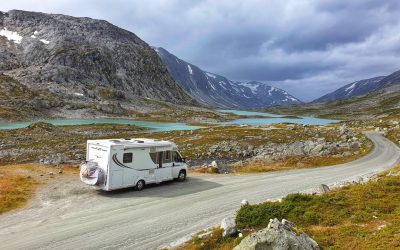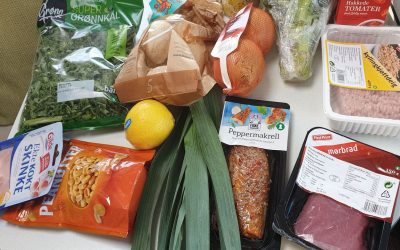Motorhome highlights in Norway After four months touring Scandinavia, here are our Motorhome highlights in Norway. Simon Cowell may well...

costs in norway
costs in norway
Visiting Norway – All Things Shopping
Norway - It's so expensive! So many people tell us that they are worried about travelling to Norway because of the prices; of food, tolls,...
Follow us
You can find us on social media,
different channels for different content.


